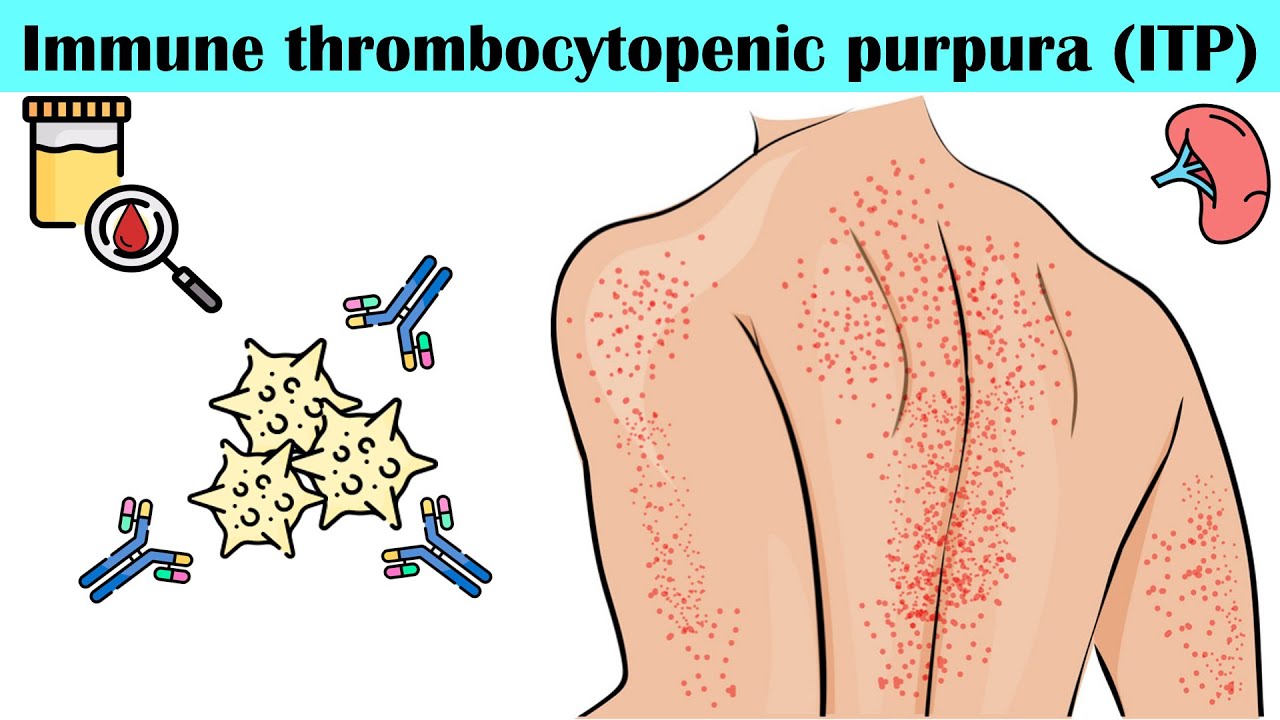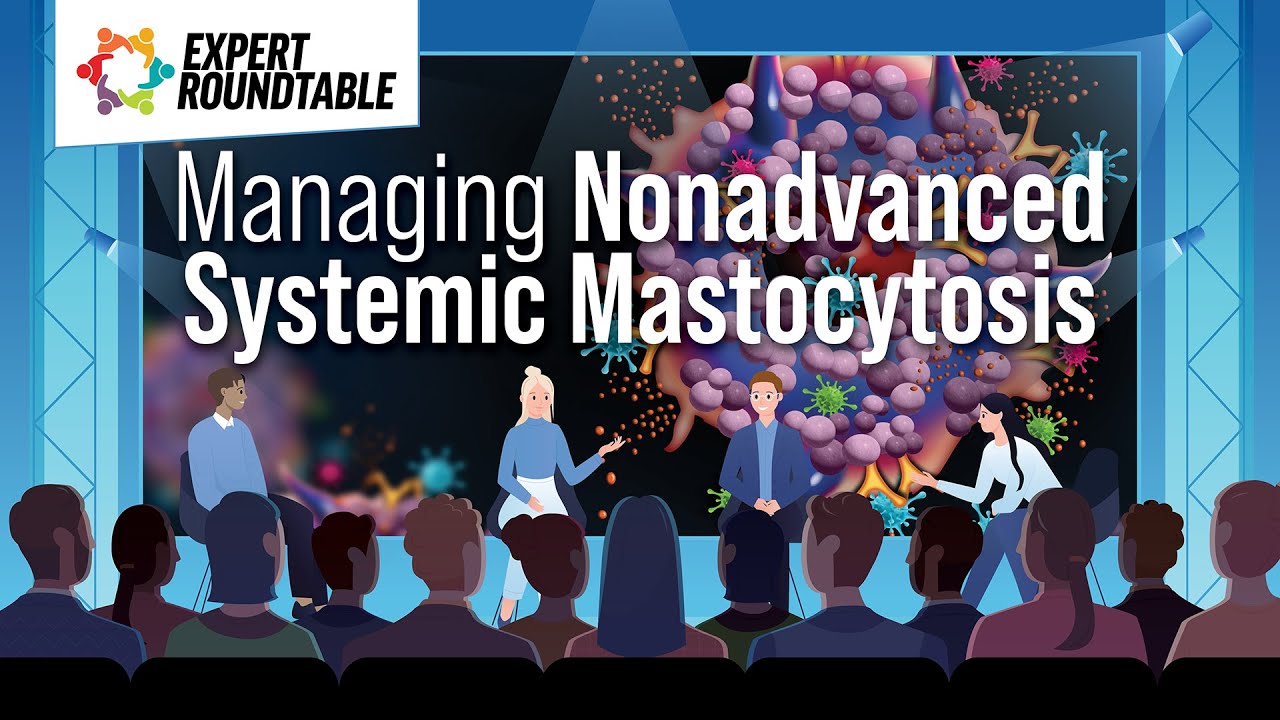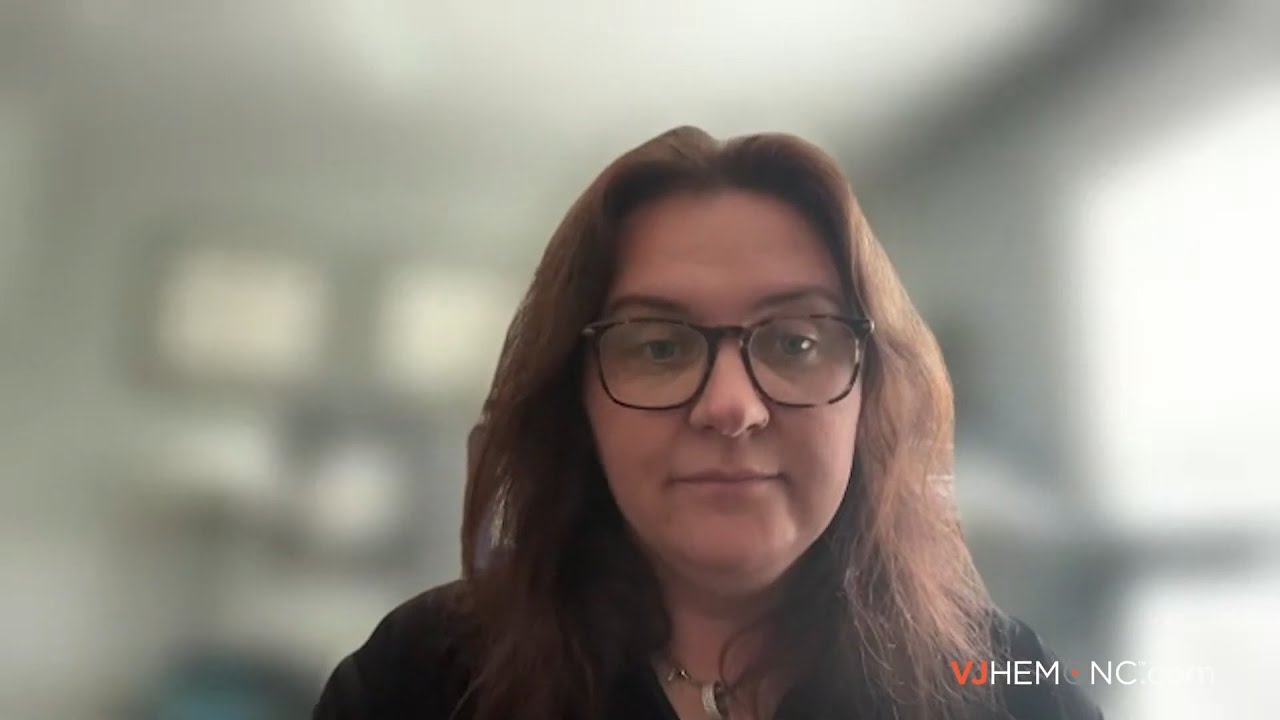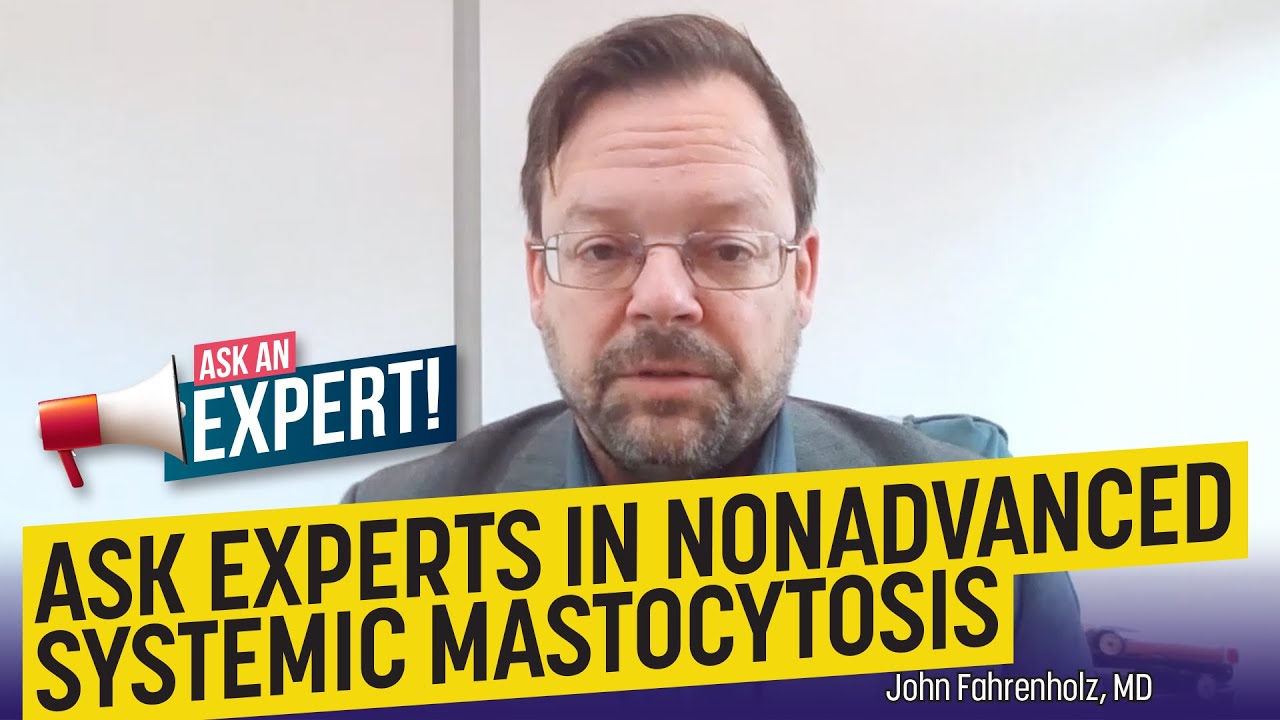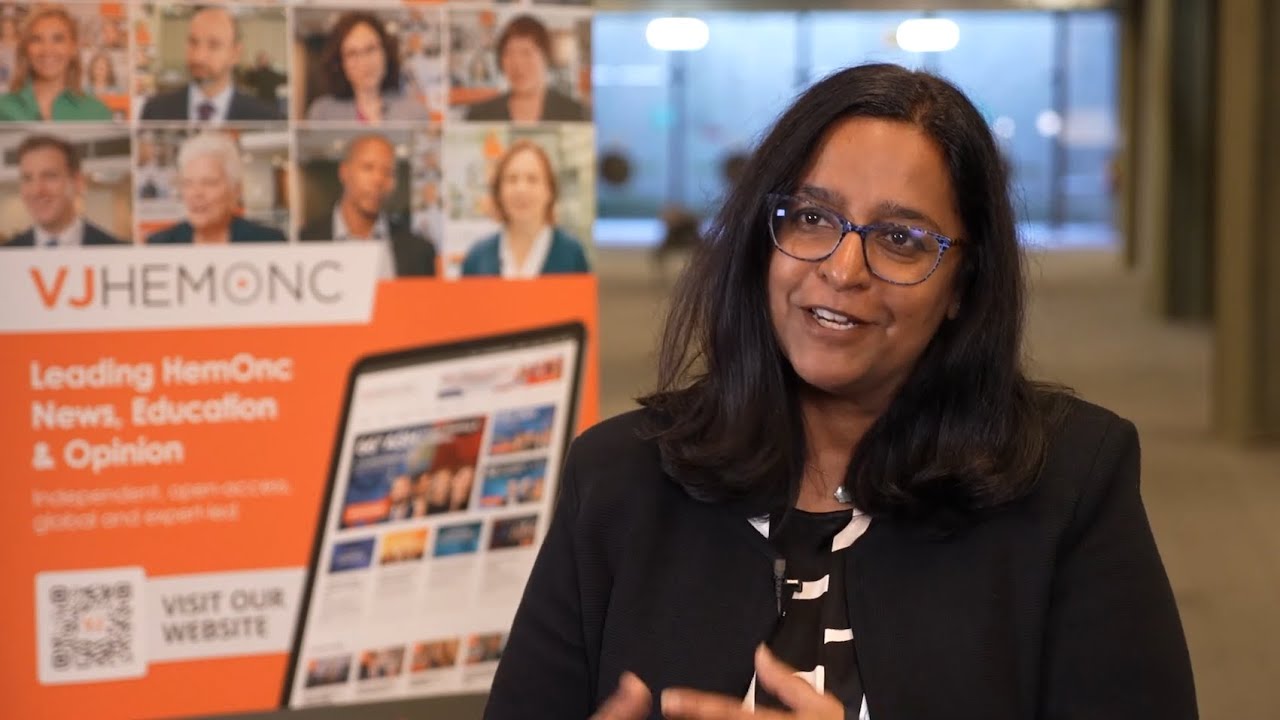NEW YORK (Reuters Health) – In a follow-up study of Alaska Natives who received plasma-derived hepatitis B vaccine when they were more than 6 months old, a large majority were still protected 22 years later, investigators report.
Prior to licensure of hepatitis B vaccine in the U.S. in 1981, hepatitis B virus (HBV) was hyperendemic among Alaska Natives. As reported in the Journal of Infectious Diseases for November 1, the prevalence of hepatitis B surface antigen was 8.2%.
In 1981, Dr. Brian J. McMahon, from the Alaska Native Medical Center, Anchorage, and associates immunized more than 1500 Alaska Native adults and children over age 6 months with three doses of plasma-derived hepatitis B vaccine.
In 2003 they revisited 493 of the original subjects who had a documented response to the primary series to determine the proportion that still had antibody to hepatitis B surface antigen (anti-HBsAg) and immune memory.
Geometric mean concentration of anti-HBsAg was 21.5 mIU/mL; 60% had an anti-HBsAg level of 10 mIU/mL or higher and were thus considered to be immune.
Of the 195 persons with lower titers, 165 received a booster dose of hepatitis B vaccine (Recombivax HB). Eighty-one percent of 164 persons tested at 10 to 60 days after the booster dose had protective anti-HBsAg level.


